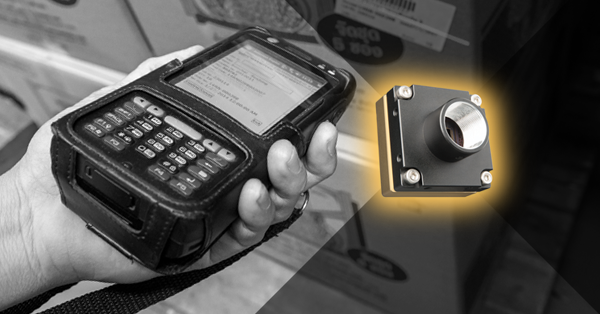How is the image on my camera formed using the CCD?
Last Revision Date: 5/26/2014
In a digital camera, an image is captured by converting the light from an object into an electronic signal at the photosensitive area (photodiode) of a solid-state CCD image sensor. This article describes this process.
If your camera uses a charge-coupled device (CCD) image sensor (see "Which sensor is used on my camera" to determine if your camera uses a CCD or CMOS sensor), it uses an interline transfer process for image capture. This type of CCD uses an electronic shutter that controls the start and end point of when light falls on the CCD sensor. A common analogy is an array of buckets on conveyor belts that catch raindrops. The raindrops represent the photons of light falling onto the CCD surface and being captured in "bit buckets" (photodiodes / pixels). The conveyor belts that empty them are known as the shift registers. The image is formed by shifting values out of the photodiodes into the shift registers, then pushing all of that data out as a final image.


